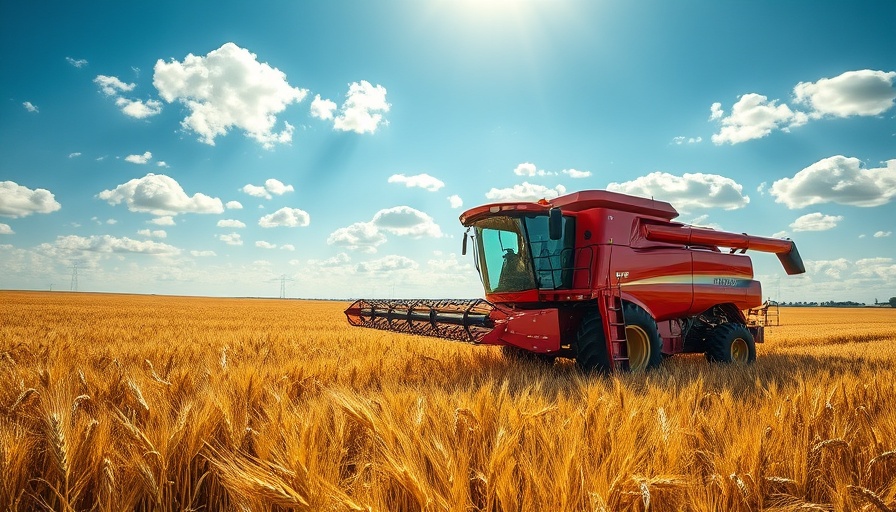
The Unprecedented Detection of Bird Flu in Sheep
In a concerning development, the UK has recorded its first case of bird flu in sheep, a significant event that raises alarm across the agricultural sector. This discovery marks a pivotal moment in veterinary medicine, introducing new challenges for farmers and health officials alike. Experts express that the crossover of avian influenza to livestock could complicate already strained circumstances during the ongoing health crisis.
Health Implications and Economic Concerns
With reports confirming the presence of the H5N1 strain in a flock in the Northeast of England, health authorities are on high alert. This strain has shown an alarming potential for transmission between species, previously affecting domestic birds and wild populations. Farmers fear that outbreaks could lead to stricter biosecurity measures, increased veterinary costs, and potential impacts on livestock trade. The high mortality rate associated with H5N1 has been intensely worrisome, especially underlining the importance of monitoring and controlling the spread of such diseases.
Global Perspectives on Animal Welfare
This turn of events in the UK echoes a broader global concern regarding animal welfare across agricultural systems. The examination of how such diseases spread necessitates a multidisciplinary approach, integrating veterinary science with public health policy. Countries around the world are watching the UK's response carefully, as lessons learned could shape future health initiatives and animal husbandry practices.
Future Predictions and Preparations
As the UK navigates this new challenge, there’s a need to scrutinize environmental factors contributing to zoonotic diseases. Farmers and stakeholders are urged to enhance biosecurity protocols, ensuring the health of farmed animals while protecting human populations from potential zoonotic transmissions. As surveillance intensifies, farmers may need to collaborate with veterinarians to preemptively tackle outbreaks, adopting new technologies and practices to mitigate risks.
In conclusion, as we witness the intersection of wildlife health, livestock management, and public health, it becomes vital for all involved to stay informed and prepared. Specifically, those in agricultural sectors should adapt to these changes to safeguard the animals they raise and the health of communities they serve.
 Add Row
Add Row  Add Element
Add Element 



 Add Row
Add Row  Add
Add 
Write A Comment